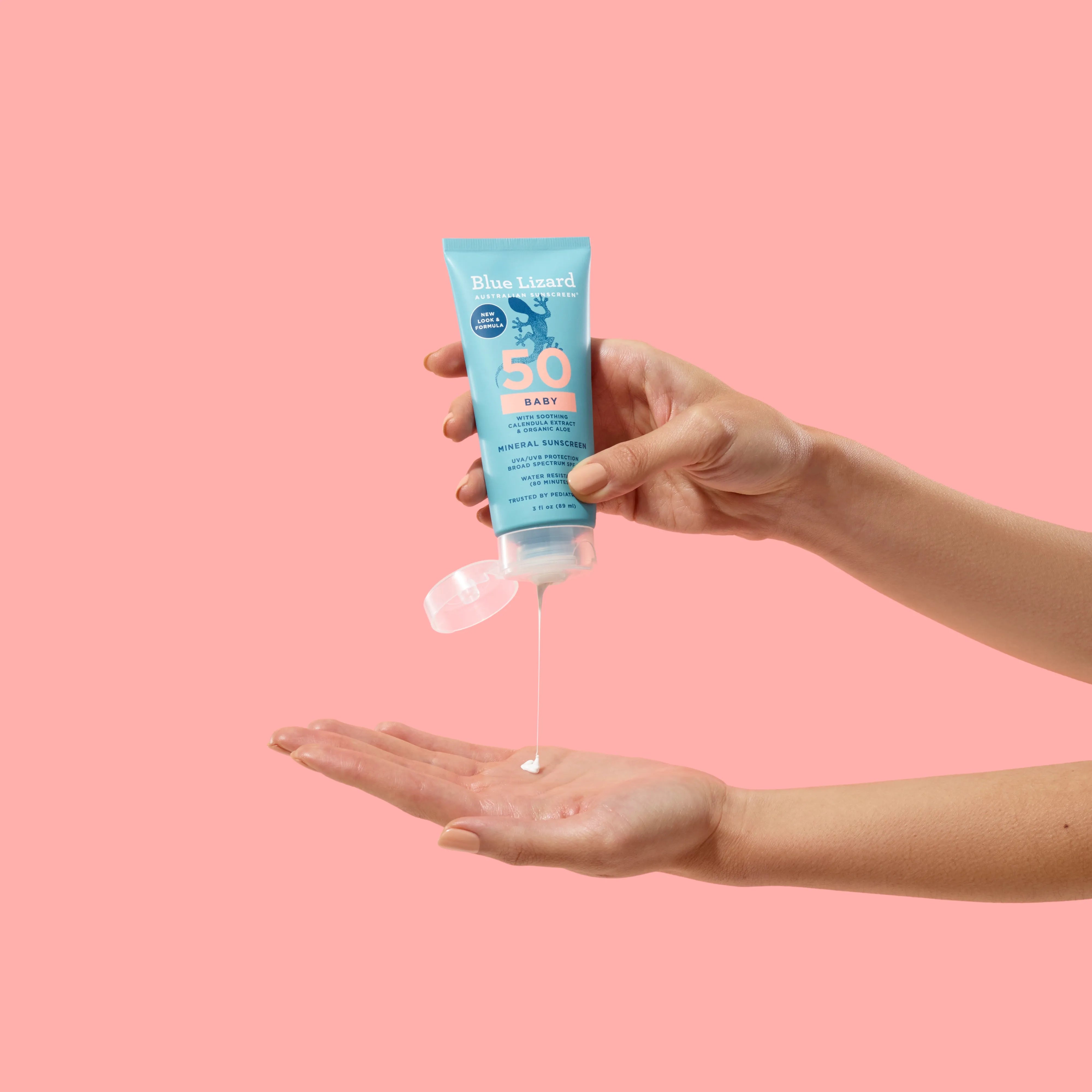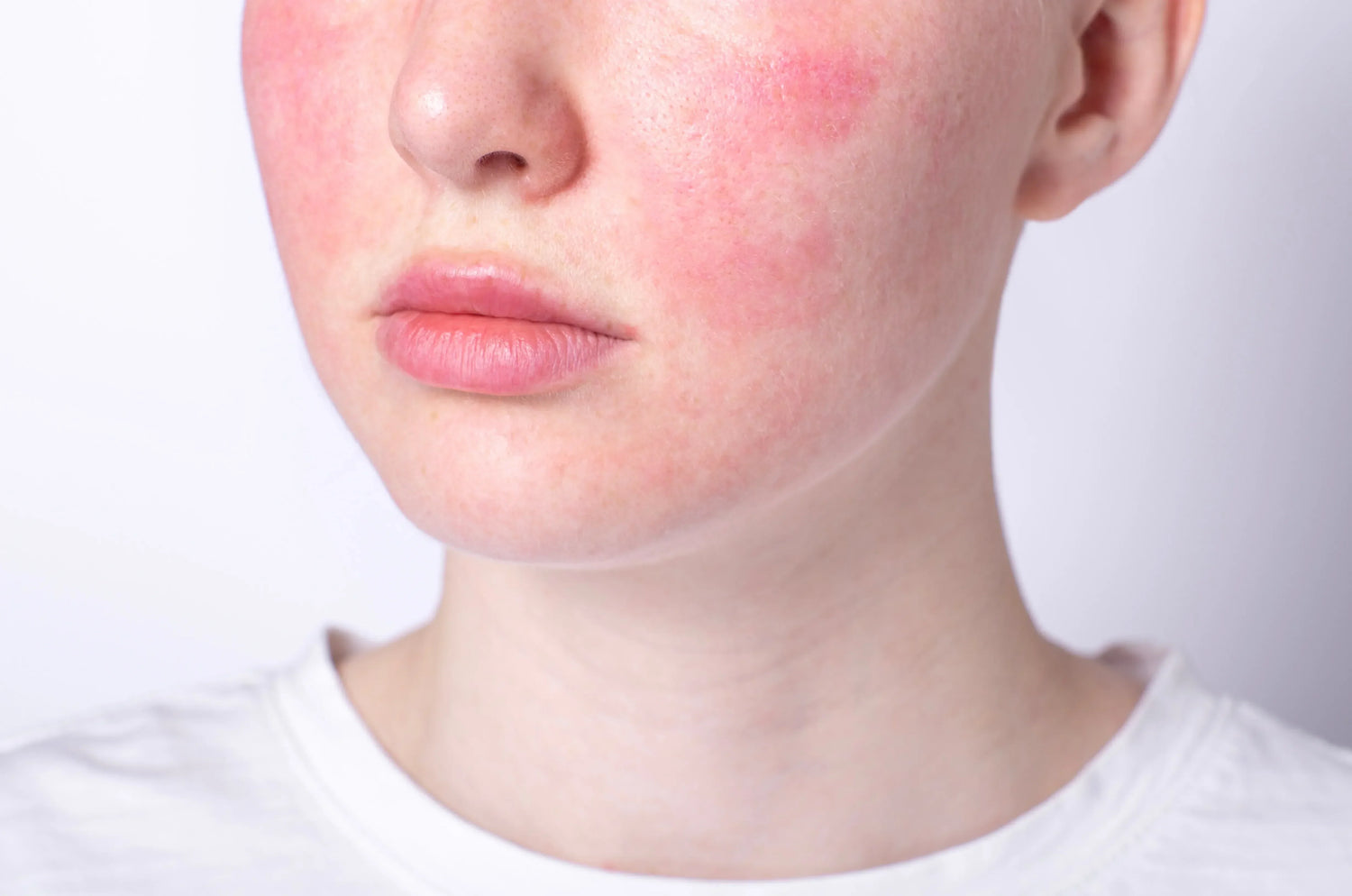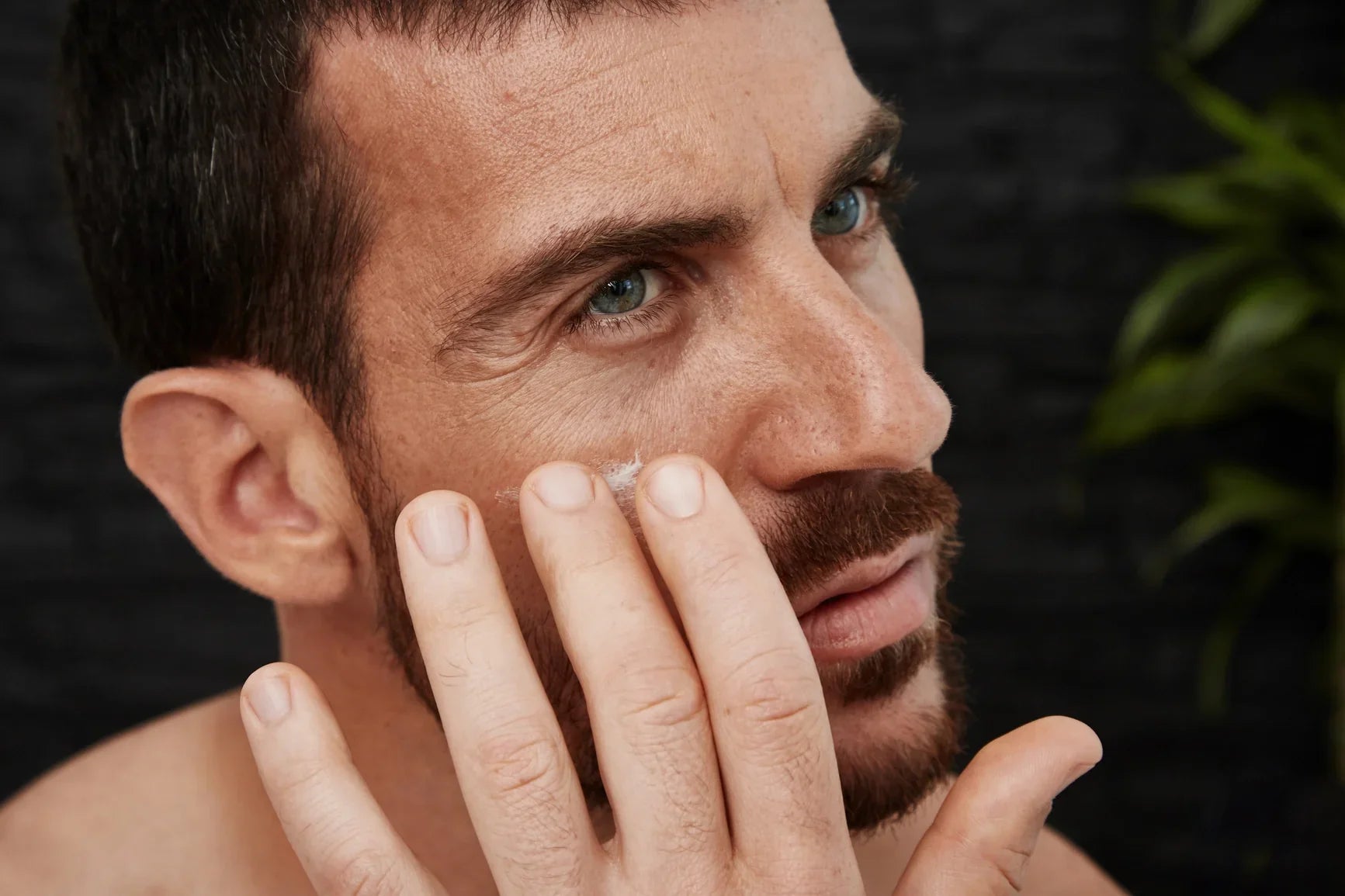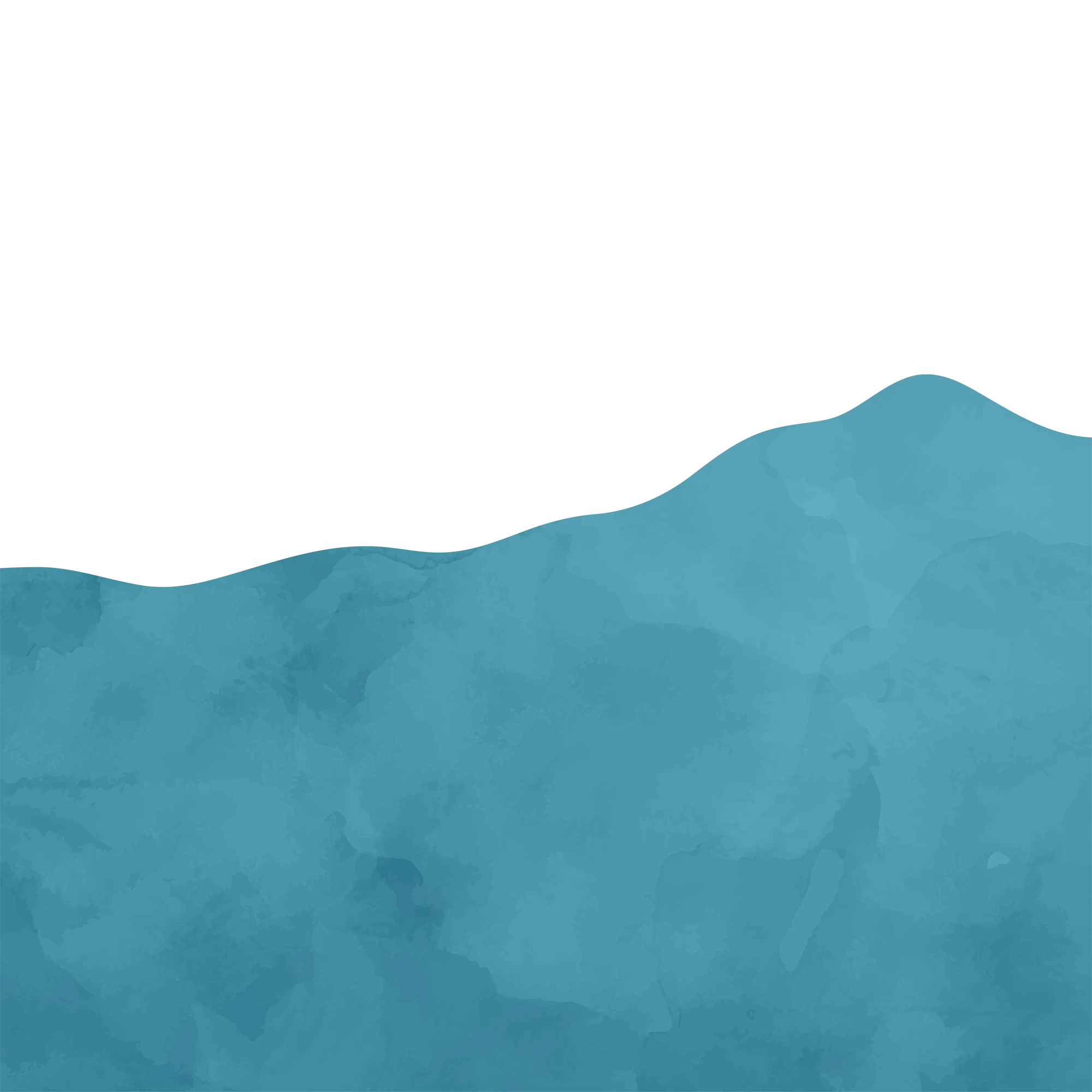Rosacea is a common skin condition that affects approximately 14 million Americans. Its symptoms are usually patchy redness and inflammation, especially on the cheeks, nose, forehead and chin. It often starts between the ages of 30 and 50 and affects more women than men. Because symptoms start slowly, rosacea may be at first mistaken for sunburn.
What causes Rosacea?
The exact cause of rosacea is still unknown. The basic process seems to involve dilation of the small blood vessels of the face. Currently, it is believed that rosacea patients have a genetically mediated reduction in the ability to dampen facial inflammation that is incited by environmental factors such a sunburn, demodecosis (Demodexfolliculorumin the hair follicles), flushing and certain medications. Rosacea tends to affect the "blush" areas of the face and is more common in people who flush easily. Additionally, a variety of triggers are known to cause rosacea to flare. Emotional factors (stress, fear, anxiety, embarrassment, etc.) may trigger blushing and aggravate rosacea. A flare-up can be caused by changes in the weather, like strong winds, or a change in the humidity. Sun exposure and sun-damaged skin is associated with rosacea. Exercise, alcohol consumption and spicy food are other well-known triggers that may aggravate rosacea.
Rosacea risk factors include fair skin, English, Irish or Scottish heredity, easy blushing, and having other family members with rosacea (called "positive family history"). Rosacea can affect both men and women, although it’s more common in women. It is also more common in those ages 30 to 50 and during menopause.
Signs and symptoms
Rosacea symptoms tend to come and go. The skin may be clear for weeks, months or years and then erupt again. Rosacea tends to evolve in stages and typically causes inflammation of the skin of the face, particularly the forehead, cheeks, nose and chin.
When rosacea first develops, it may appear, then disappear, and then reappear. However, the skin may fail to return to its normal color, and the enlarged blood vessels and pimples arrive in time. Rosacea rarely resolves spontaneously.
Rosacea generally lasts for years, and if untreated, it tends to gradually worsen.
Treatment
While rosacea cannot be cured, it can usually be controlled with proper, regular treatments.
Available medical treatments include antibacterial washes, topical creams, oral antibiotics, lasers, pulsed-light therapies, photodynamic therapy, and isotretinoin.
Popular methods of treatment include topical medications applied by the patient once or twice a day. Topical antibiotic medication such as metronidazole applied one to two times a day after cleansing may significantly improve rosacea. Azelaic acid is another effective treatment. Both metronidazole and azelaic acid work to control the redness and bumps in rosacea.
Some patients elect combination therapies and notice an improvement by alternating metronidazole and azelaic acid: using one in the morning and one at night. Other patients find oral antibiotics or laser therapies help more severe cases of rosacea.
Sun protection
Sun exposure is a well-known flare for many rosacea sufferers. Sun protection using a wide-brimmed hat and physical sunscreens (those with zinc or titanium) are generally encouraged. Because rosacea tends to occur in mostly fair-skinned adults, the use of an appropriate daily sunscreen lotion and overall sun avoidance is recommended.








